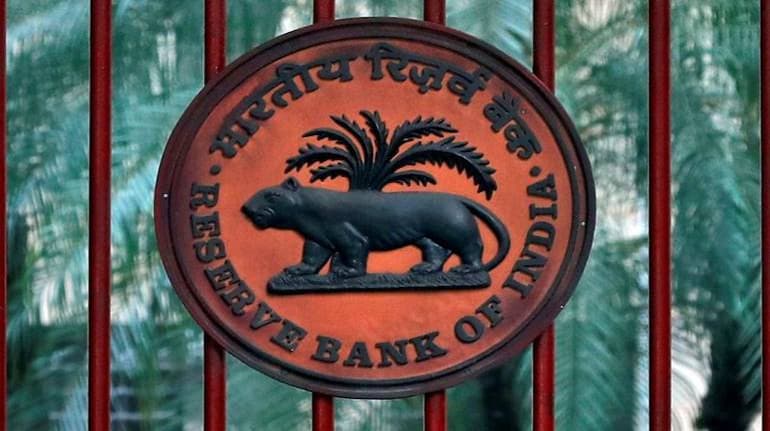



The Reserve Bank of India’s new draft guidelines on wilful defaulters (WD) is clearly a fallout of the Supreme Court (SC) verdict, which had struck down an earlier circular (relating to the reporting of fraudulent accounts) as being violative of the principles of natural justice. The terms wilful default and fraud seem to be used interchangeably, though the RBI has separate guidelines on both, but presumably, all WD involve fraud and vice versa. The guidelines that were struck down were about the classification and reporting of frauds (July 2016) while it is the RBI’s Master Circular on Wilful Defaulters (July 1, 2015) that deals with the processes of identifying and declaring WD. This circular contained detailed guidelines on involving the borrowers and reviewing their responses but perhaps were not being strictly followed by lenders. It is this circular that the RBI seeks to amend now.
But there are hardly any major changes, except for the addition of a new default indicator and extending the scope to NBFCs. Be that as it may, the significance of the issue comes from the impact on borrowers. The civil and criminal consequences of being labelled WD or fraud, are considerable — no additional bank finance, entrepreneurs/promoters will be barred from institutional finance for a period of five years, will not be eligible for loan restructuring, promoter/directors cannot be inducted by another borrowing company, and they are also barred from being a resolution applicant under the Insolvency and Bankruptcy Code, 2016. It is understandable why borrowers would want to avoid being labelled as WD or frauds. For lenders, it is the timely dissemination of information to the financial system that is important.
Stretching The Point
But in striving for natural justice, the RBI seems to have stretched the point. It mandates lenders to complete the process of identifying and tagging borrowers as wilful defaulters within six months of loans turning bad. Given that it takes 90 days for overdue loans to be categorised as NPAs and another six months to declare them as WD effectively means a period of 270 days from the date of default. This could defeat the purpose of timely information dissemination, though nothing prevents lenders themselves from taking action to recover their dues in the interim.
However, there are enough processes to identify WDs. The RBI’s circular on Prudential Framework for Resolution of Stressed Assets (June 7, 2019) details the process of identifying incipient stress in loan accounts, where overdue accounts are classified as Special Mention Accounts (SMA) 0-3 from the time they become overdue until they turn into NPA. Lenders are required to initiate the process of implementing a resolution plan (RP) even before a default, and once a default is reported by any of the lenders, a prima facie review of the borrower is triggered within 30 days of the default, during which period the decision to either implement the RP or initiate legal proceedings for insolvency/recovery is taken. With so many reviews, the need for a specific process to identify WD seems superfluous, but perhaps again an acquiescence to the principles of natural justice. The RBI also considers this possibility since the draft guidelines state that where ‘wilful default’ was not observed during the initial examination, “the aspects regarding ‘wilful default’ shall be subsequently re-examined in terms of the board approved policy of the lender”.
Mix Of Rules & Principles
An interesting aspect of the guidelines is the mix of rules and principles in identifying WD. It defines WD as the occurrence of defaults in meeting payment/repayment obligations accompanied by one or more of five features — defaulting despite having capacity to pay, diversion of funds, siphoning of funds, disposal of secured assets without lenders’ approval and failure to bring in promised equity as part of loan covenants. Barring the first and the last which are generic in nature (and could also prove difficult to get agreement on), the others are in the nature of malfeasance which are punishable in themselves, even without defaults taking place. The possibility of protracted challenges in courts on these criteria cannot be ruled out, which perhaps explains why the RBI has chosen to give lenders an outer limit of six months for declaring accounts as WD.
For lenders, what should ultimately matter are the levels of bad assets (gross non-performing assets or GNPAs) rather than the number of wilful defaults. Nevertheless, data on WD with credit information companies such as TransUnion CIBIL has some interesting insights. The absolute levels of wilful defaults have gone up by over three times from Rs 0.5 trillion in 2015 to Rs. 3.5 trillion in 2023; but as a proportion of GNPAs they have shot up from about 18 percent in 2015 to over 40 percent now. The RBI itself does not publish data on wilful defaults or any detailed categorisation of NPAs (a point that was also commented upon by the SC) which makes root cause analysis difficult. But a wilful default ratio of 40 percent of GNPAs suggests that poor underwriting and bad governance, rather than economic distress, were the principal causes of NPAs.
SA Raghu is a columnist who writes on economics, banking and finance. Views are personal, and do not represent the stand of this publication.
Discover the latest Business News, Sensex, and Nifty updates. Obtain Personal Finance insights, tax queries, and expert opinions on Moneycontrol or download the Moneycontrol App to stay updated!
Find the best of Al News in one place, specially curated for you every weekend.
Stay on top of the latest tech trends and biggest startup news.